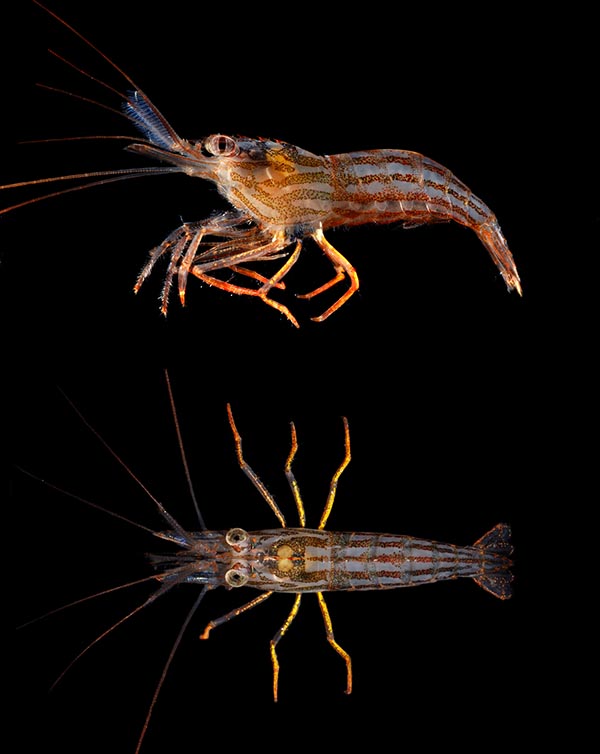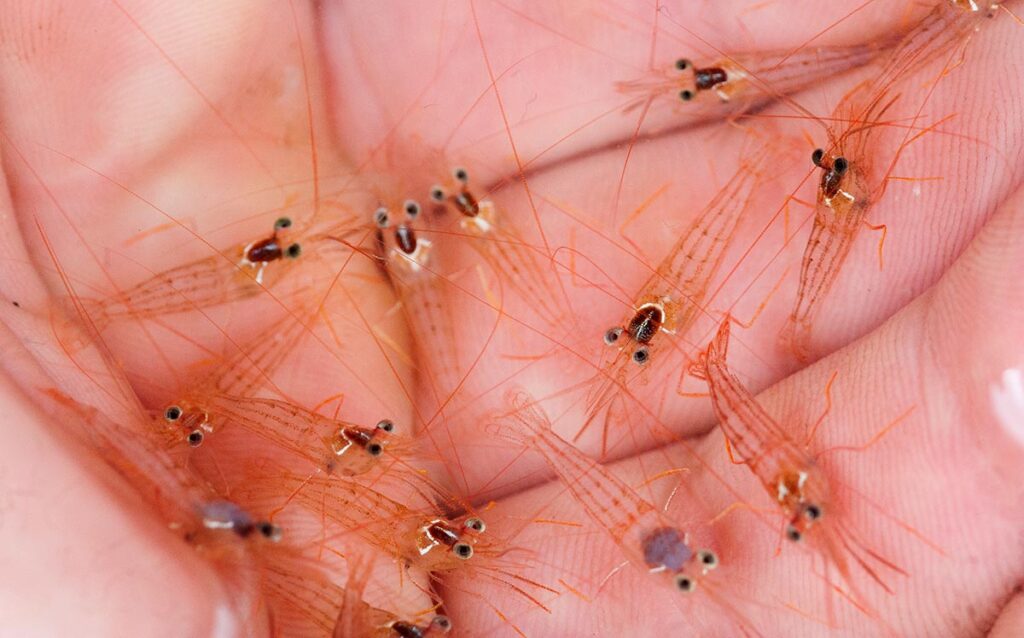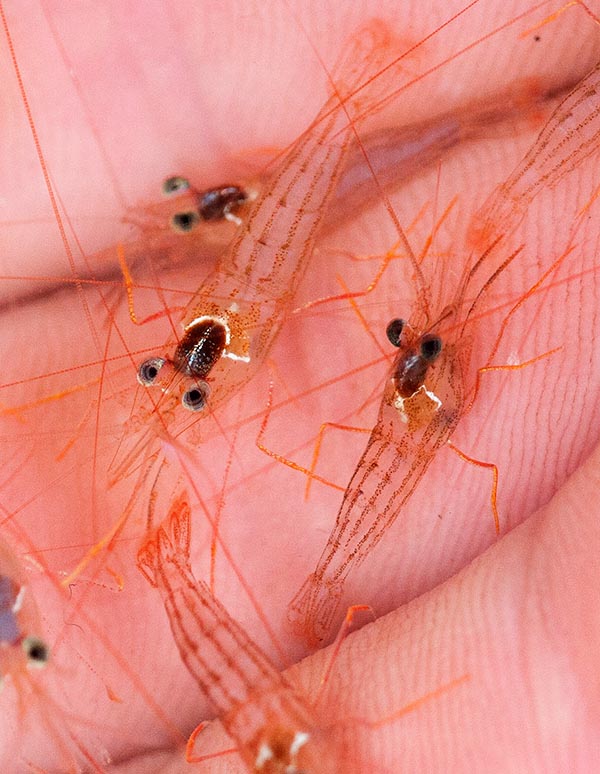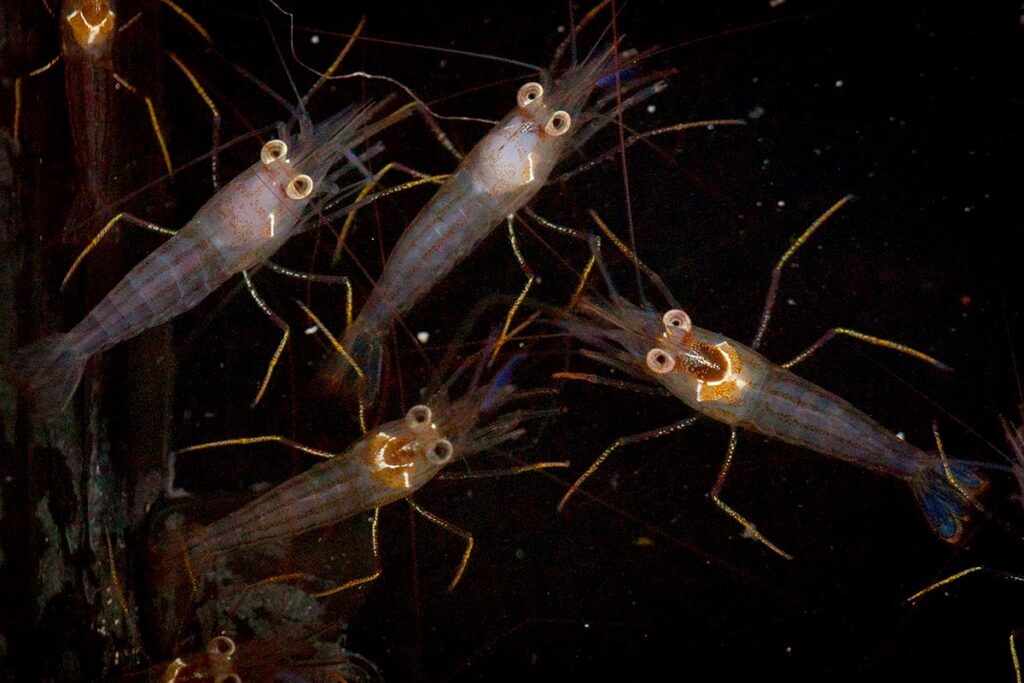
Captive-breeding breakthroughs in the world of marine aquarium fish are not an everyday occurrence, but when you’re presented with a brand-new captive-bred invertebrate that is new to the aquarium industry, that deserves some attention!
Glancing through a recent wholesale availability list from Florida-based Biota Aquariums, I was surprised to see new offerings from Panama-based Bocas Mariculture. This company is run by Till Deuss, who may be recognizable to some CORAL readers as an author who has contributed repeatedly on the topics of invertebrate and fish breeding (2007, 2011, 2014a, 2014b, 2015c).

A Name In Honorarium
Dr. Junda Lin (1960-2016) was a highly regarded Professor of Biological Sciences at the Florida Institute of Technology and the Director of the Institute for Marine Research (IMR). Untold scores of students studied under his leadership and made their way into the fields of marine sciences and the aquarium trade.
Dr. Matthew L. Wittenrich, another long-time CORAL contributor, renowned marine fish breeder and the founder of Poma Labs (specializing in high-end captive-bred marine angelfishes) recalled a meeting with Dr. Lin when he was recently asked about their time together. “Junda Lin was a pretty amazing guy. I was lucky to have his influence for many years. I sat in his office once for a graduate advisory meeting and he asked me why I came to grad school and didn’t just start a business growing fish. I think about that now and smile.”
MASNA’s Dr. Junda Lin Memorial Fund for Publishing Open Access Marine Aquarium Research was created in his honor, and the peppermint shrimp we’re discussing today bears his name. Described by Dr. Andrew Rhyne, et al, in 2012, it was named Lysmata jundalini. While it might have shown up in the aquarium trade randomly, it is not a species of Peppermint Shrimp that is intentionally sought-out.
Dr. Rhyne is excited about this news from Bocas Mariculture. “Yes, it’s a [captive-bred] first. I was so excited when I saw Till had found a population of them. His [locally caught broodstock] is a new record in Panama for the species as well.”
Commenting on the aquaculture potential for this species, Rhyne added, “My thought when I found this shrimp was it was a really amazing-looking peppermint shrimp and it’s in the clade with nine larval stages, so it should be faster to raise then the others. Not all are easier, but that clade has the easier larvae in it.” Rhyne is eager for the commercialization of the species, musing, “What better tribute to Dr. Lin than to make his shrimp common in the trade?”
A New Champion in the War on Aiptasia

Chatting with Bocas Mariculture founder and breeder Till Deuss, he clearly has high hopes for this species in the aquarium trade. His observations suggest it may be one of the more preferential shrimps to consider.

First, there are its unique, pleasing aesthetics. “The species is quite a bit more attractive than other species of peppermint shrimps, having golden legs, a conspicuous blue spot on the coxa between the pereiopods, and blue shimmer on the antennular flagellums.”
These small shrimps will be sought out for their pest-control abilities. Says Deuss, “I have kept and cultured several other species of peppermint shrimps in the past, and in my experience L. jundalini seems to be particularly efficient in controlling problematic Aiptasia anemones. This could be due to the Aiptasia being from the same geographic area; of course, I have not conducted scientific experiments comparing the different species. But they certainly do a great job in my systems.
“Apart from devouring Aiptasia anemones, they will also act as scavengers and eat leftover food and other items they will find in an aquarium. I have not seen or heard about L. jundalini bothering other anemones or corals. Like other species of the genus Lysmata, L. jundalini is a protandric simultaneous hermaphrodite. They can be kept singly, in ‘pairs,’ or in groups. For Aiptasia control, I used to recommend 4-6 shrimps per 100L (approx. 25 gallons); for prophylaxis, 2-4 shrimp per 100L.”

Where To Get Them?
For now, these and other new captive-bred introductions from Bocas Mariculture are available to the U.S. aquarium trade through Biota Aquariums. Retailers who carry Biota fishes and corals should have no problem adding captive-bred Lysmata jundalini to their orders, at least as long as supplies last!





